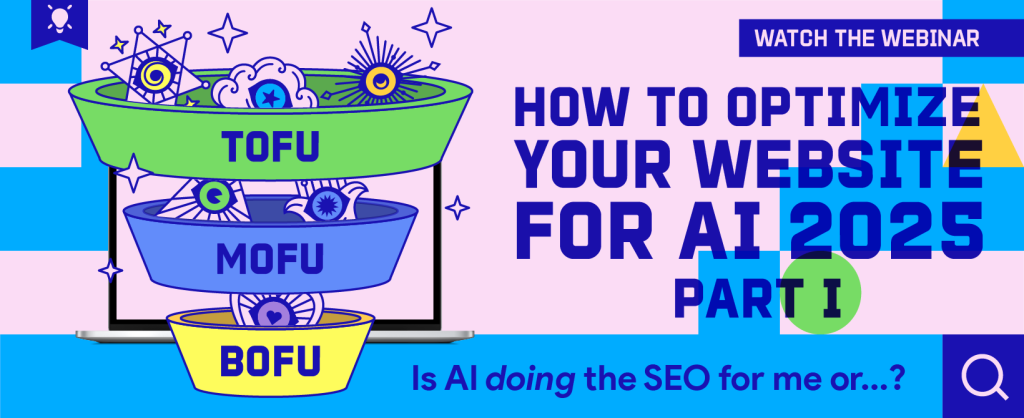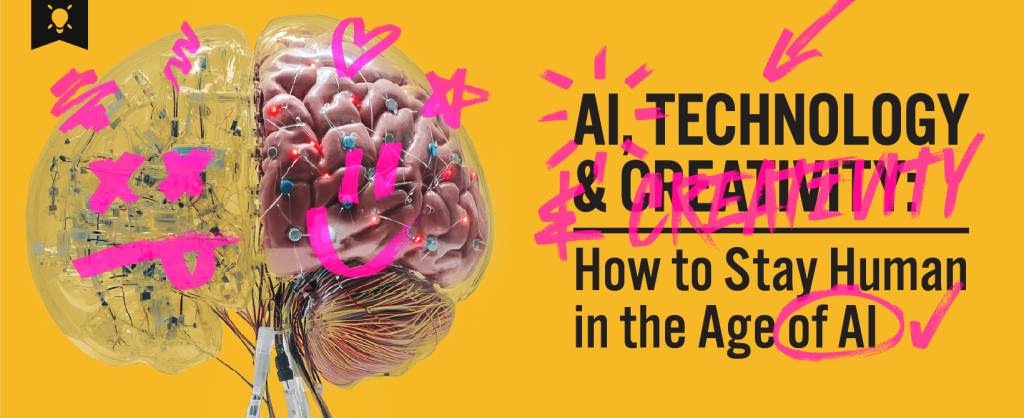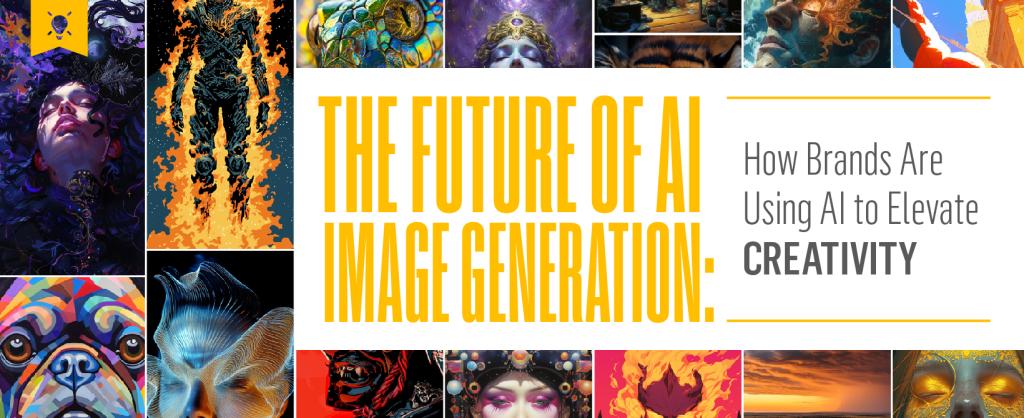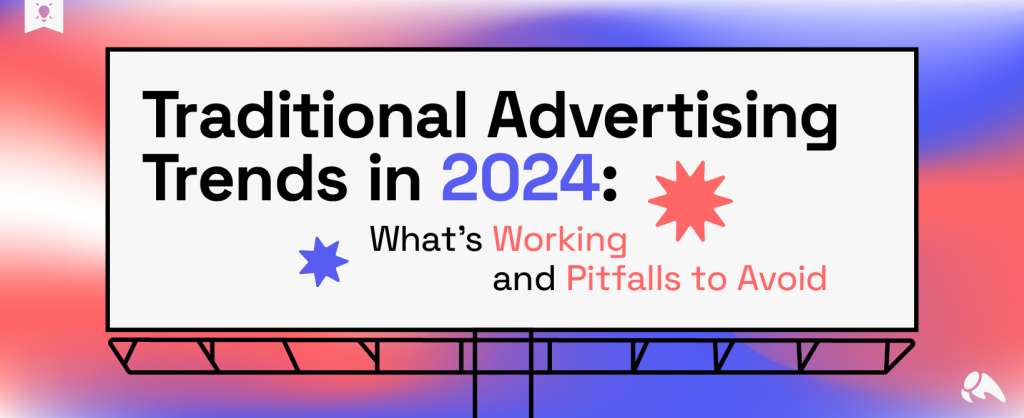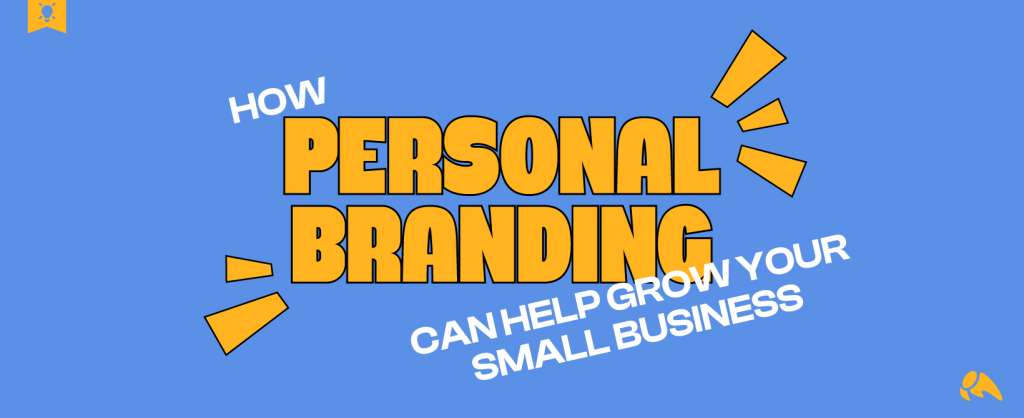Sometimes I fall down steps, but more often I fall down rabbit holes. And nowhere is this more apparent than in the name of brand strategy and the holes I fall into for stronger personae, new niches and more relevant brand promises. I’m a nerd, I know. But I’m a nerd for my clients. And as an advocate to help them tell better stories.
Looking down my queue over the next few months, I’m noticing much more brand messaging work on the horizon than in previous years. More clients are coming to us understanding brand is the center and the foundation of everything else that will be built upon it. Our motion design services are incredible, the best in the biz IMO, but if you’re using them to support a brand that isn’t fully determined, you’re wasting your investment. It all starts with brand. And because it starts there, you must start there, as well.
Where does your plan for brand messaging begin? I’ll share a snippet of what our internal process looks like.
Understanding Your Position & Your Place
This is conversation #1 for us. We invite you to our church and huddle around the boardroom table to have an honest talk about your Strengths, Weaknesses, Opportunities and Threats (SWOT). This provides us with a clear understanding of where your brand is right now and where you want it to go. We hear directly from you about your advantages, your disadvantages, the holes in your market and the factors or business elements that make you uncomfortable. We’ll take what you give us and pair it with the analysis we’ve already done to see if they match, if we’re working off bad information or if you’re quite possibly living in fairytale land about the state of things. 😉
As part of this process, we’ll also administer brand questionnaires to your team and members of your audience to hone in on more specific objectives and to ask questions you maybe haven’t asked in a while. Hearing these answers, in a client’s own words, is highly revealing. We learn a lot about you in these initial steps. And I like to think you learn a lot about yourself, as well. It’s fun!
Understanding Your Audience
“You want to increase your marketing efforts, get to know your audience!”
I know. Vomit, right? It sound sounds so cliché.
But it’s the truth and it’s something we take seriously around here. For us, fully understanding a client’s target audience involves intense research. It starts with getting to know the industry and works outward toward understanding the people who make up your specific markets, tracking their movements and seeing how they behave on the Web (and off it) when they think no one’s looking.
For a B2C client, this may mean narrowing in on things like hobbies, salary, age range, gender, marital status, employment, how they interact with your brand, what they’ve purchased from you in the past, the problem they come to you to solve and identifying the trigger points associated with your brand.
For a B2B client, this may mean focusing more on industries to target, revenue levels, company size, insights gleaned from customer service professionals, etc.
How is this information gathered? From a number of sources, some handed from the client but most sleuthed out by using third-party tools and scary research skills. I am a child of the Internet age. I can find anything on the Web. So I do. And then I use it to help you make better business decisions. Once compiled, distinct user personae are created to build a story around the very people you’re trying to target. Because that’s how we relate to and understand one another, through the stories we tell, not through numbers sitting on a spreadsheet. [No offense, numbers people.]
Understanding Yourself
Amidst the user personae and business goals, sits you. The brand. The entity you are, the entity you want to be and the “why” behind your day-to-day actions. It’s easy to base messaging off who you think your consumers want you to be, but that messaging doesn’t work. Because that messaging is bullshit. People don’t connect with BS. The only way to create a brand that is powerful and authentic is to stop lying about who you are and to learn to make it work for you.
To do that, you need to understand key elements about yourself. Things like:
- What tenets do you really believe in?
- What misconceptions are out there about you? Why are they there?
- What are you proud of about the brand?
- Where do you want to be in five years? What’s the goal?
- Why do you do what you do? What is the mission?
- What do you want customers to feel about your brand?
Notice how the “whys” are bolded? That’s because Why questions are often the most revealing and most important. At least to me.
Once you understand who you are as a brand, what matters to you and what it is you’re trying to do, you have your messaging sweet spot. It’s the intersection of You and your Audience. It’s also where the magic happens.
Create Your Brand Identity
Once you have your research, it’s time to do the work. To really look at it, to understand the data and to use it to create a solid brand identity. One that is fleshed out and includes a number of key components like:
- Your mission: The core of what you do, how you do it and why you do it. Said simply.
- Your value statement/key messaging: One sentence that explains the value you bring and the benefit it offers customers.
- Your brand attributes: The words, phrases and feelings you want customers to associate with your brand.
- Your voice: Your personality (or, lack thereof) in the market.
Internally we build these using a framework we’ve developed for tying together the different types of messaging and finding the intersection points between your customers’ problems, your benefits and the opportunity available. How you decide to do it is up to you.
Once you put the information together and rid yourself of any preconceived ideas, what do you see? Where is the meeting between you and your audience that differentiates you from your competitors? When you remove the noise, what are the brand elements that remain?
That’s where your brand lives.
Create Rules for Messaging
The above step takes a lot of work and some real time. But it’s imperative to really hone in on the essence of what your brand represents.
Once you know who you are, don’t lock it in a closet. Make your messaging a living part of your organization by spreading it internally. Share your key messages and principles. To better illustrate voice and brand positioning create mock situations and show how Not the Brand would respond vs how The Brand would respond. Help your team to see your brand as a tangible element. Because once they understand it, they can live it. And once that happens, it becomes a whole lot clearer to your audience.
You are defined by the brand you create and the emotional DNA you leave behind. Make sure you’re giving it the same attention (if not more!) than the rest of your marketing. Your brand is the gift you leave behind.
